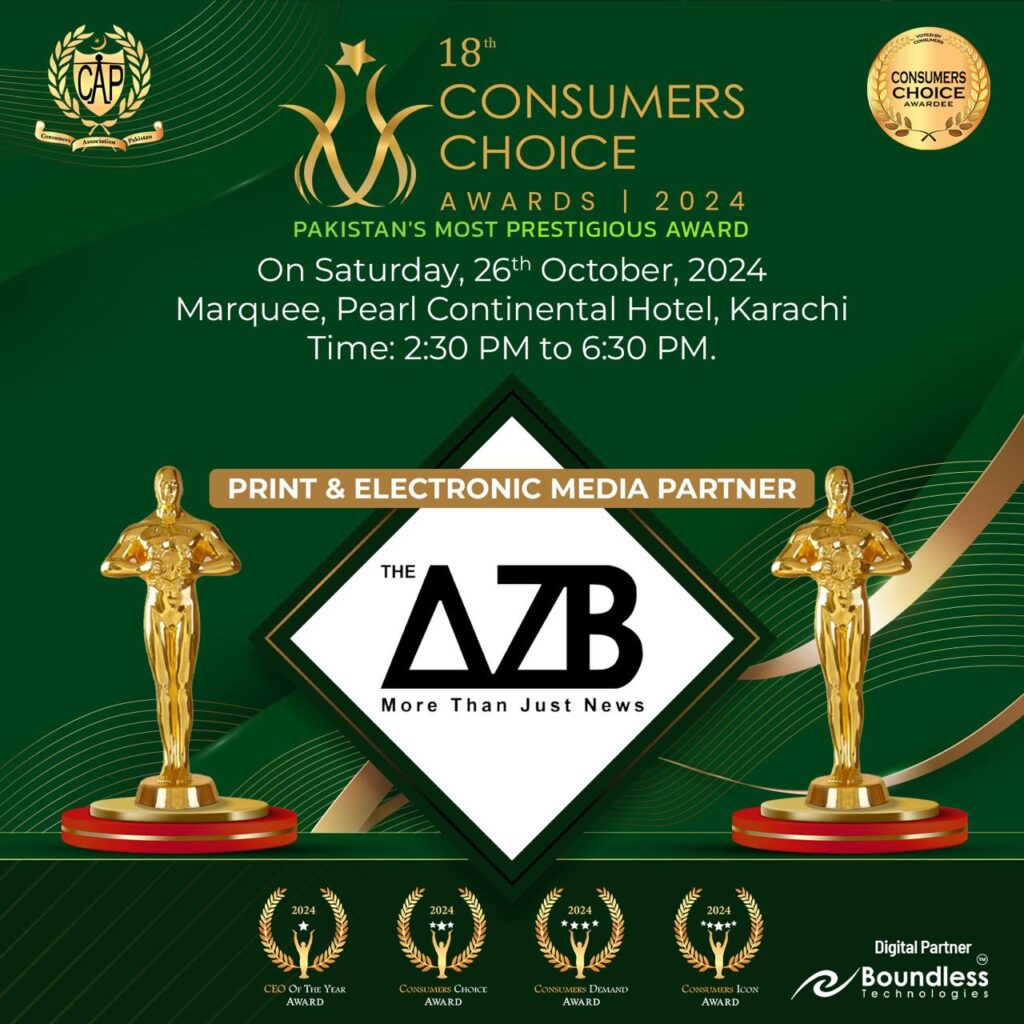Presently, buyers are exhibited to digital media at least as much as print. The increasing commonness of smartphones and tablets, and the wireless networks that connect them, mean that more and more folks will view media on a digital medium.
Digital media can be interactive in several approaches. Promotion on social media provides marketers to communicate directly with buyers, using messaging, commenting, tweeting, wall posting, and other methods to answer questions and offer incentives. Users are also usually able to search for a digital record or search within the document itself. A digital advertisement could also be interactive, such as a tournament or competition that allows for participation and further engages consumers.
Digital media has several benefits. It can be less steep than print media, depending on the details of each plan. Digital operations can also usually be designed, originated, and updated faster than print.
Digital ads allow for relatively more control over precisely who sees them than print ads, so marketers can more easily target them toward specific demographics. Many digital ads can produce consumer information as well, contributing insight over who exactly is viewing the ads. For instance, Google AdWords and Facebook Ads offer analysis on user trends and successful referrals generated by the advertisements.
This is not to say that print media is dying out – not by a long shot. Print media endeavors a more physical, tangible medium to consumers. It’s something folks can take with them. It’s more professional, more convenient, and just more delightful to be able to give someone a handout or business card instead of having to say, “Hey, let me email you real fast” every time you want to make a contact.
Print ads can also have a localized presence that’s much harder to achieve with digital media. Flags and banners can build attention and encourage consumers to physically find you. Well-placed posters, flyers, and other newspapers can be distributed within a community to help generate publicity and direct consumers to you.
So which one is more suitable – digital or print? That’s a twisted and nuanced question, but we deem there’s really only one good answer – BOTH.
Each medium has unique advantages, so a good media planning should incorporate both digital and print media. The best ad campaigns appropriate the right mixture of media, depending on market size and scope, demographic targets, products or services granted, and other circumstances. Certain consumers are best reached on digital media, others still prefer print. The right mix of media channels takes into account the best correspondence with your whole purchaser crowd, and furthermore amplifies your mission’s profit from venture too.
















